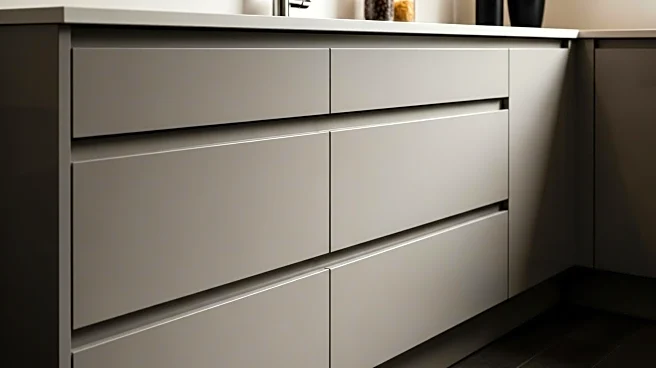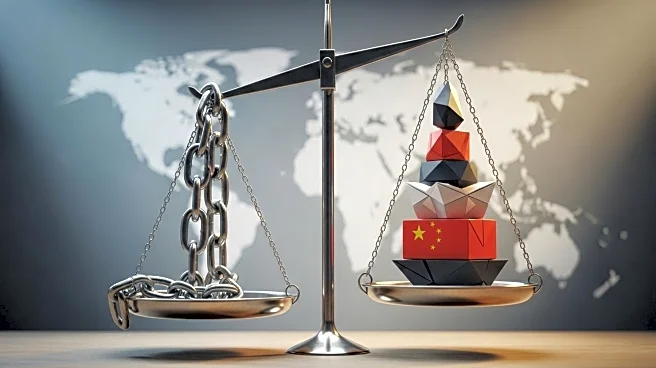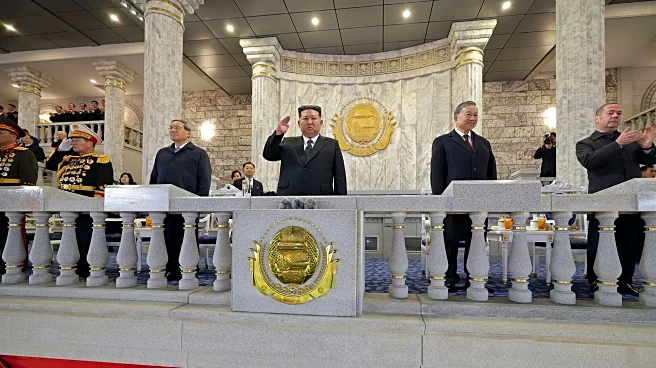What's Happening?
The U.S. has implemented new tariffs on imported kitchen cabinets, bathroom vanities, and upholstered furniture, aiming to boost domestic production and protect U.S. businesses from foreign trade practices. These tariffs, signed into effect by President Trump, impose a 25% tax on imported vanities and kitchen cabinets, increasing to 50% at the start of the new year. Upholstered furniture faces a 25% tariff, rising to 30% in January. The tariffs are part of a broader strategy to counteract the influx of cheaper foreign products, particularly from countries like Vietnam, Malaysia, and China. While some U.S. cabinet makers anticipate increased business, others express concerns about the impact on their multinational supply chains and potential cost increases for consumers.
Why It's Important?
The tariffs are significant as they could reshape the U.S. home improvement industry by encouraging domestic production and potentially reducing the variety of imported products available. This move may benefit U.S. manufacturers who do not rely on foreign components, potentially increasing their market share. However, businesses with global supply chains may face higher costs, which could be passed on to consumers, affecting demand. The tariffs could also influence consumer behavior, with potential delays in renovation projects due to increased costs and economic uncertainty. The broader impact on the housing market and remodeling industry remains to be seen, as stakeholders navigate these changes.
What's Next?
As the tariffs take effect, U.S. cabinet makers and importers will need to adjust their strategies. Some may absorb the increased costs to maintain customer demand, while others might focus on best-selling products to optimize profit margins. The industry could see a shift towards more American-made products, but this depends on consumer willingness to pay higher prices. Additionally, the tariffs may lead to negotiations with international suppliers to mitigate cost increases. The remodeling industry will closely monitor consumer reactions and spending patterns, particularly as the tariffs increase in January.
Beyond the Headlines
The tariffs highlight the complexities of global supply chains in the U.S. cabinet industry, where even domestic manufacturers rely on imported materials. This situation underscores the challenges of implementing protectionist trade policies in a highly globalized market. The long-term effects could include shifts in manufacturing practices and supply chain strategies, as companies seek to balance cost, quality, and consumer demand. The tariffs also raise questions about the effectiveness of such measures in achieving their intended goals of boosting domestic production and protecting U.S. businesses.













